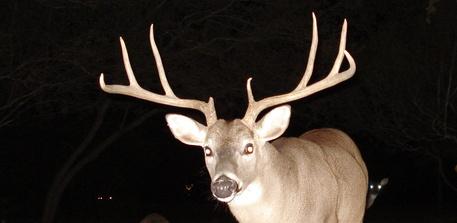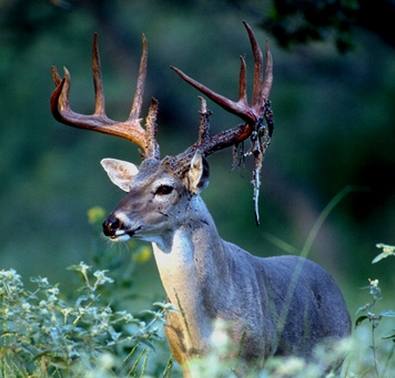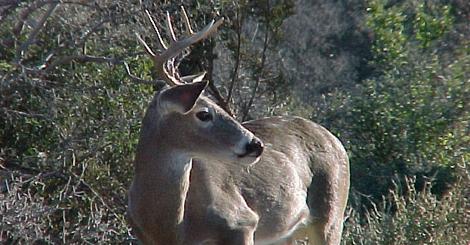Even as progressive as wildlife managers and hunters have become, there are other people that continue to steal your wildlife. After all, wildlife is considered a public resource. The whole concept is a bit odd because even though game animals are “owned” by the public, unless the animal is on your property (or land that you have the right to hunt on), then you do not have the legal right to harvest it. But enough about that. Wildlife theives, commonly referred to as poachers, should not be confused with true hunters. But unfortunately they often are, especially by non-hunters.
Today’s deer story comes from Ohio. Two young men made a big, and costly, mistake when they illegally shot a white-tailed deer. In fact, it ended up being a huge buck. Unfortunately for the poachers, the celebration was short-lived. In addition to fines, restitution, license suspension, and community service the deer, firearms, and all other equipment used in the illegal activities were ordered forfeit. Also, all venison was forfeited and will be donated to a local food pantry. By the way, this punishment has been standard procedure in Texas for some time now, and it can even end with a felony charge. To learn more about the story and above photo, check out the news release below:
Chillicothe, OH – Two men convicted of the illegal harvest of white-tailed deer have been ordered to pay restitution of $12,988 according to the Ohio Department of Natural Resources (ODNR) Division of Wildlife. The Honorable Judge Thomas E. Bunch presided and assistant law director Michele Route prosecuted today over the first case in the State involving white-tailed deer restitution under Ohio’s revised restitution law. The law went into effect March 2008 and allows the Ohio Division of Wildlife to seek an increased recovery value on all illegally harvested wildlife. Continue reading “Poaching Hurts Deer Hunters and Managers”







